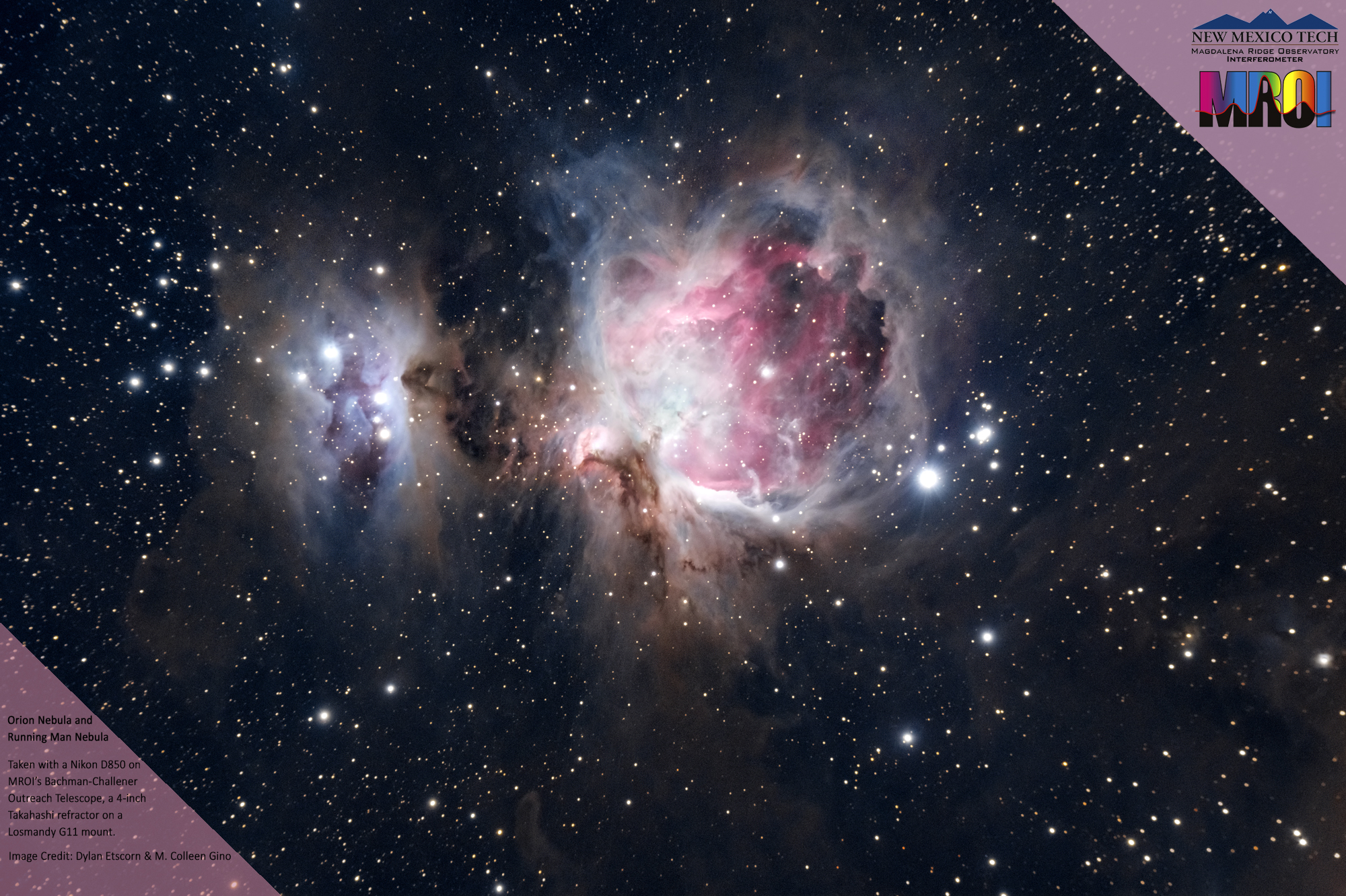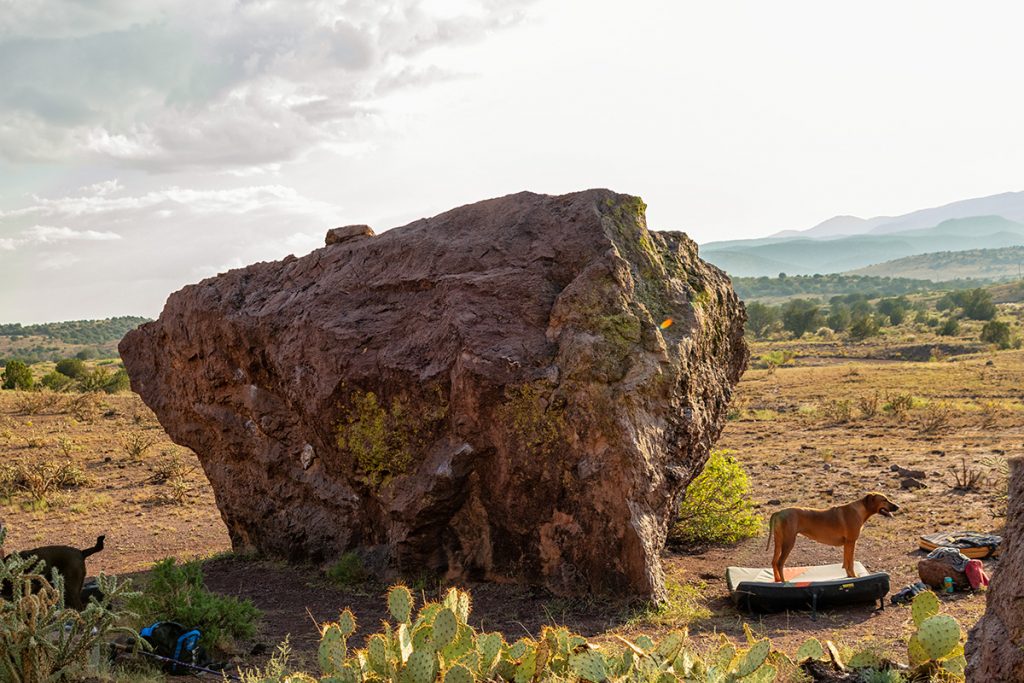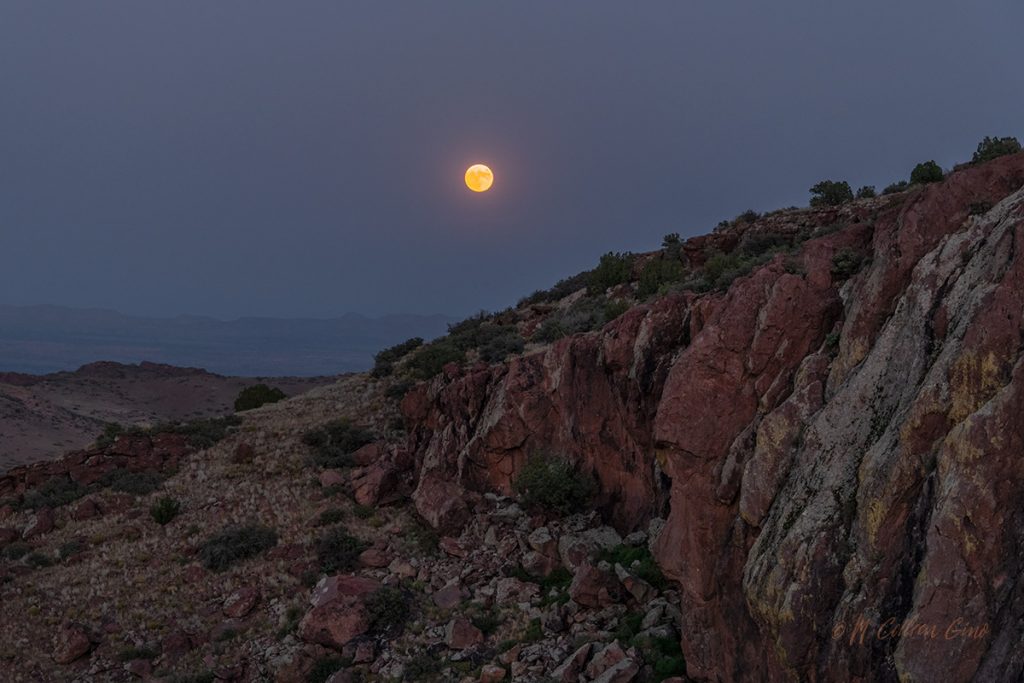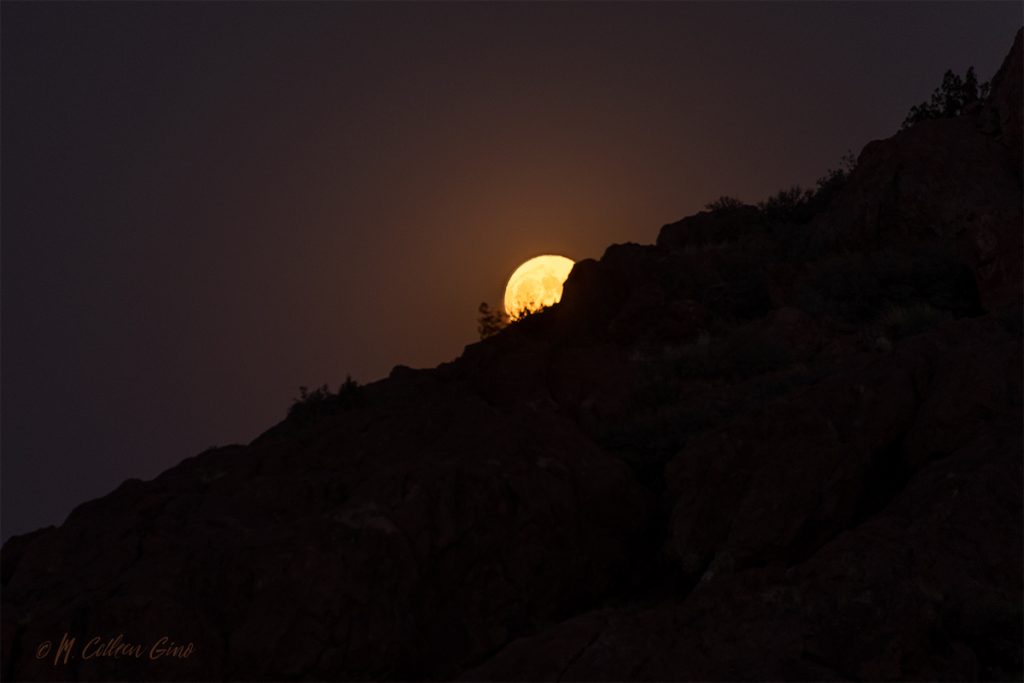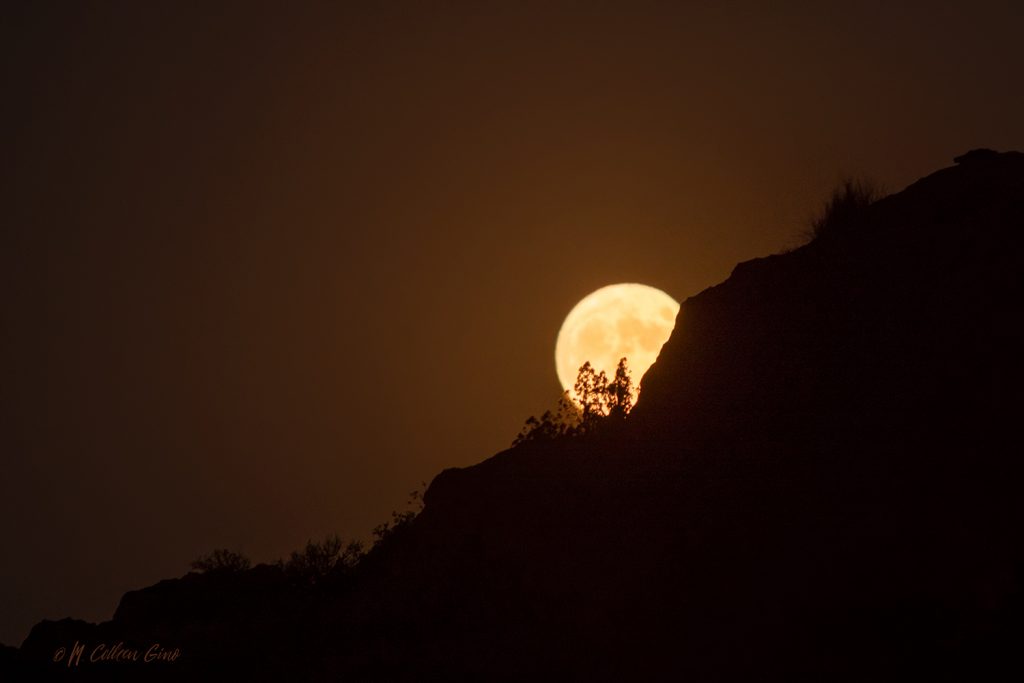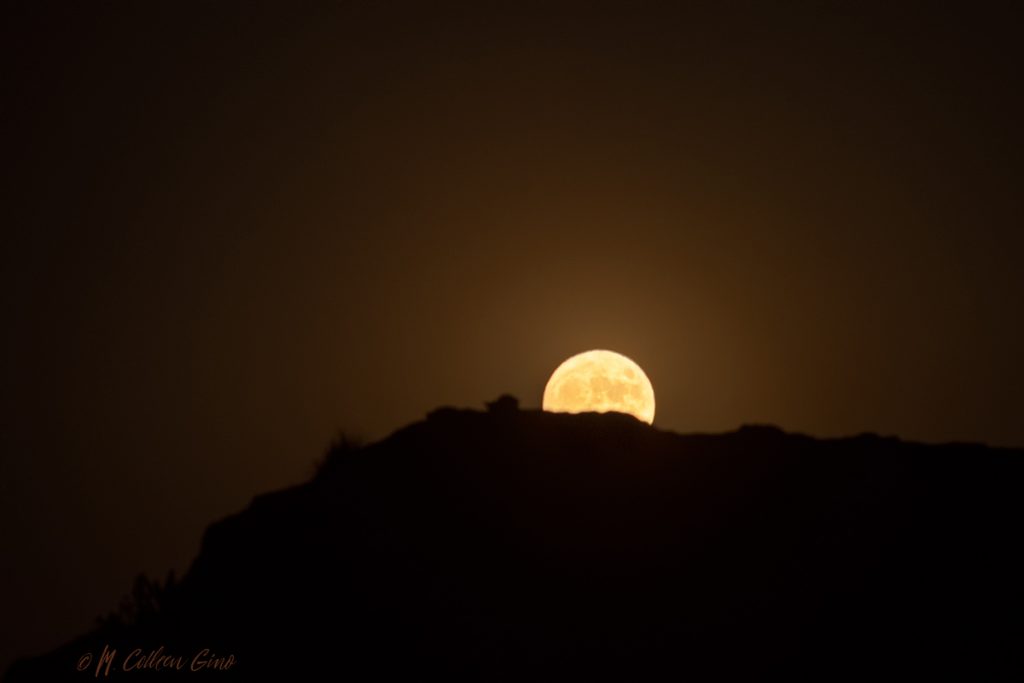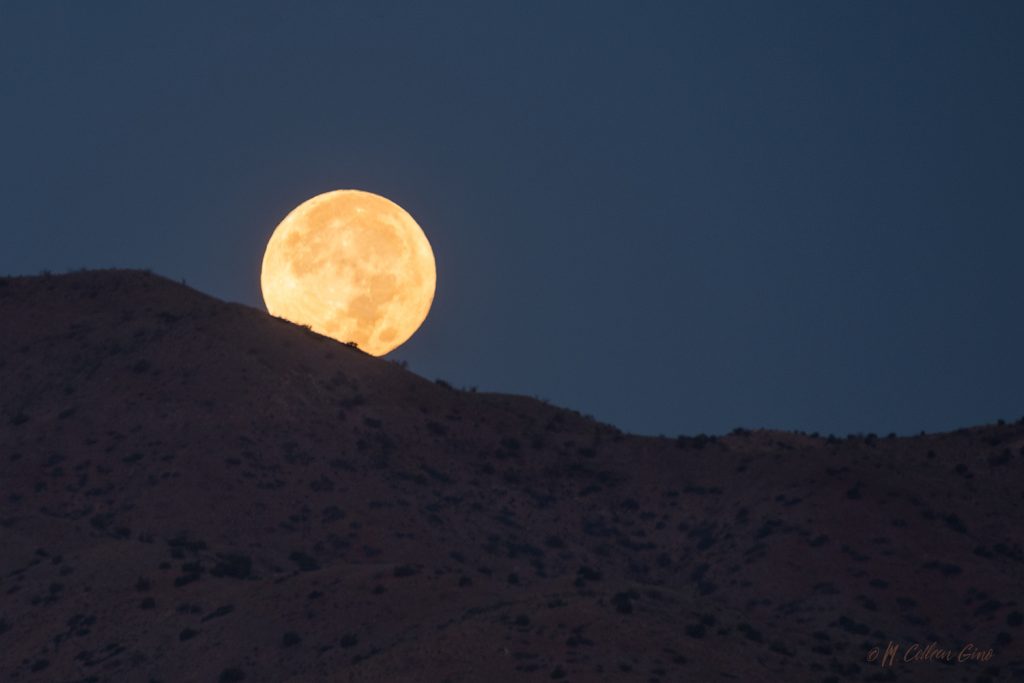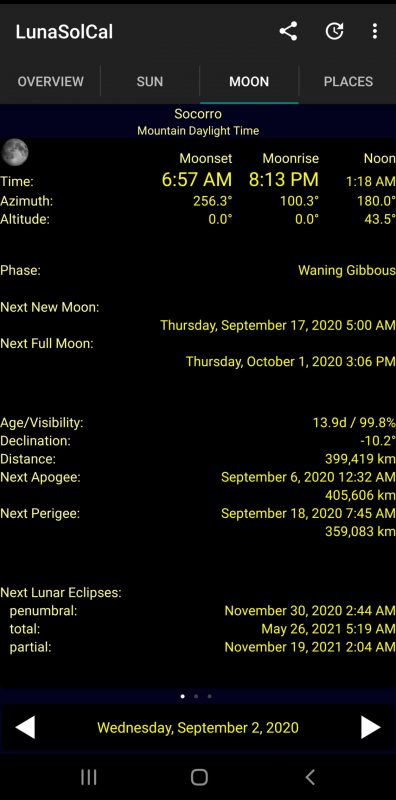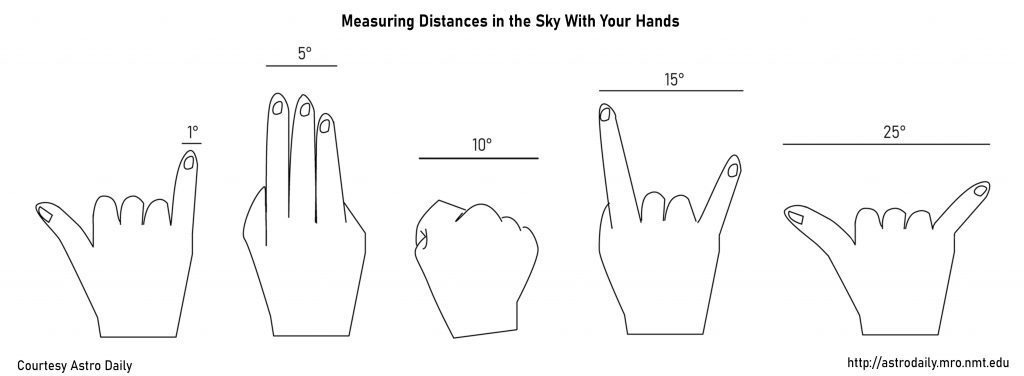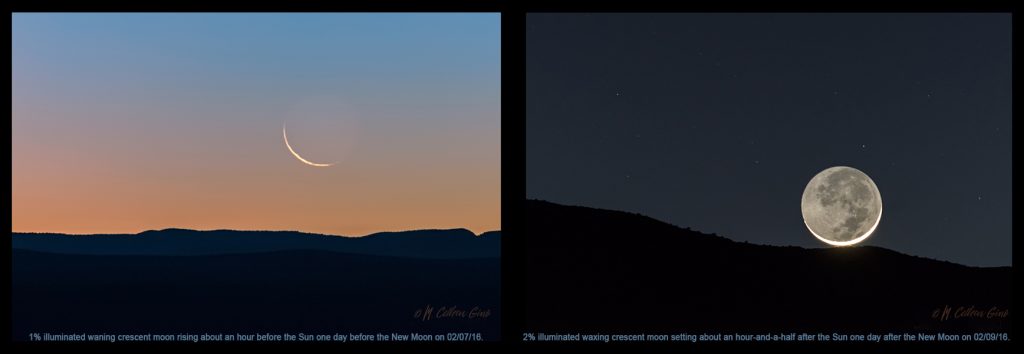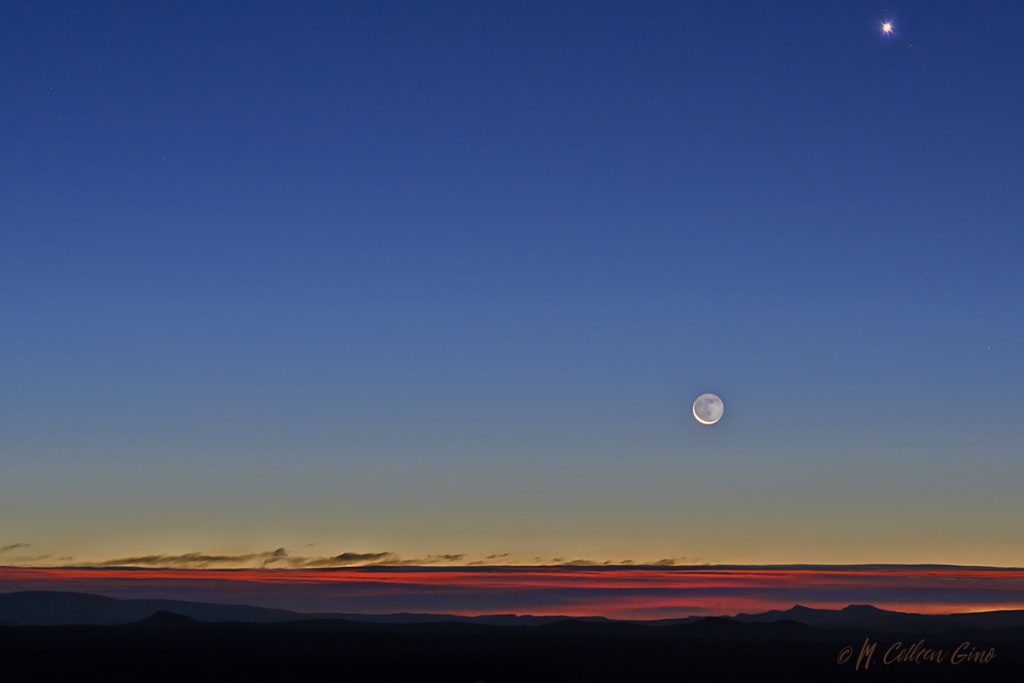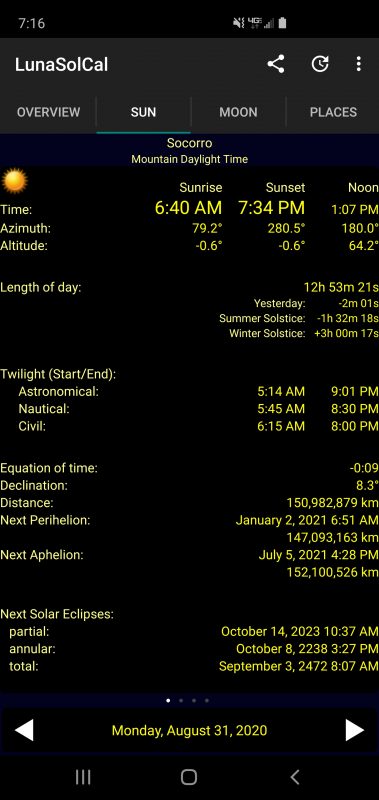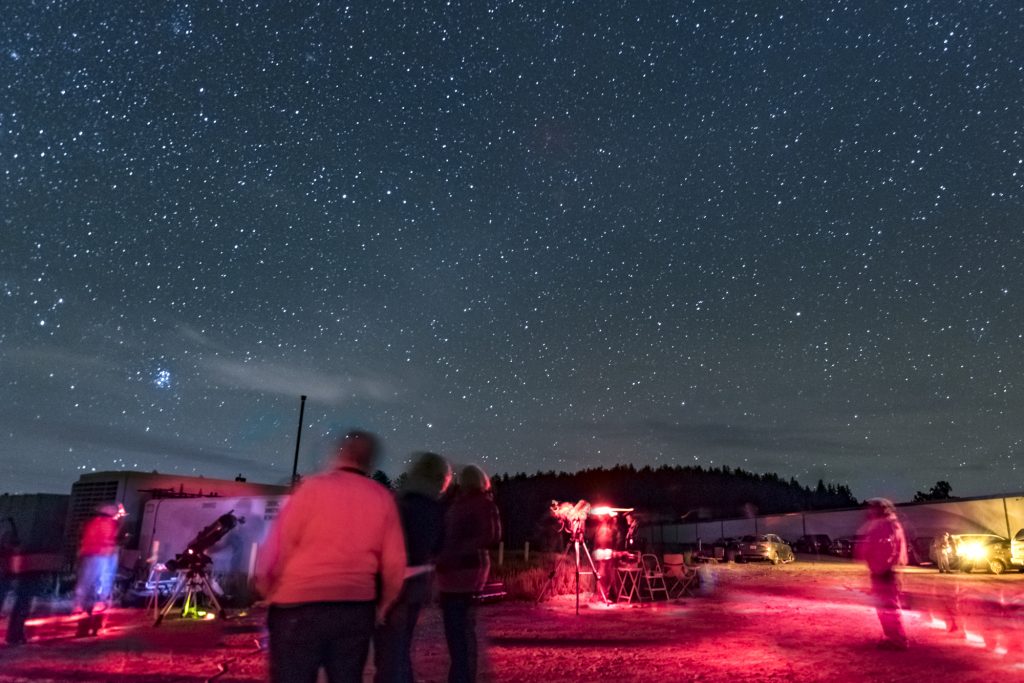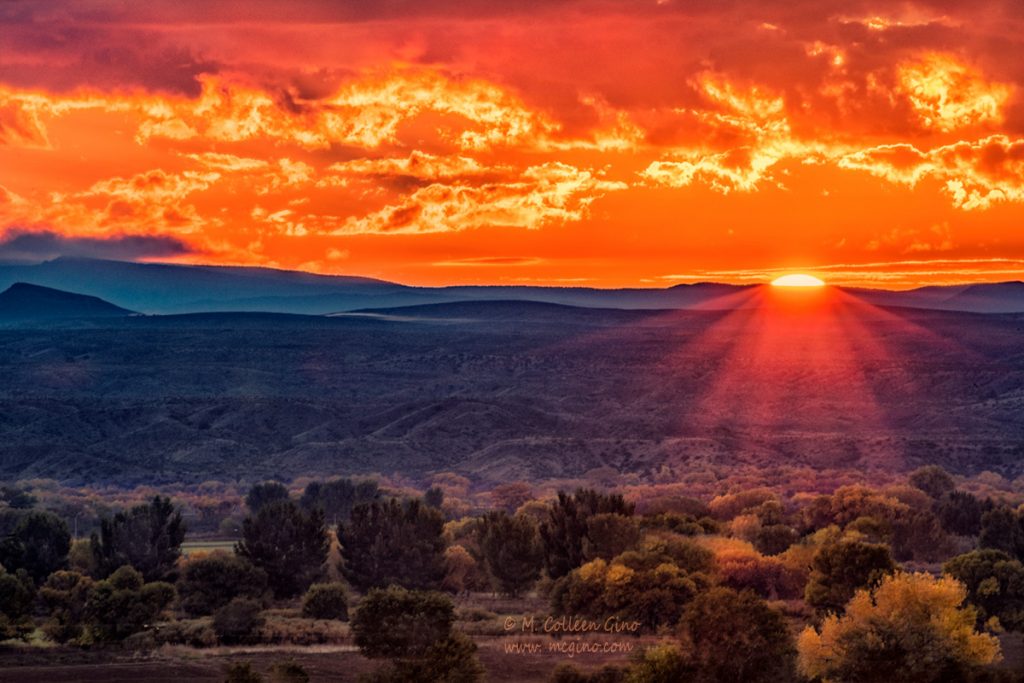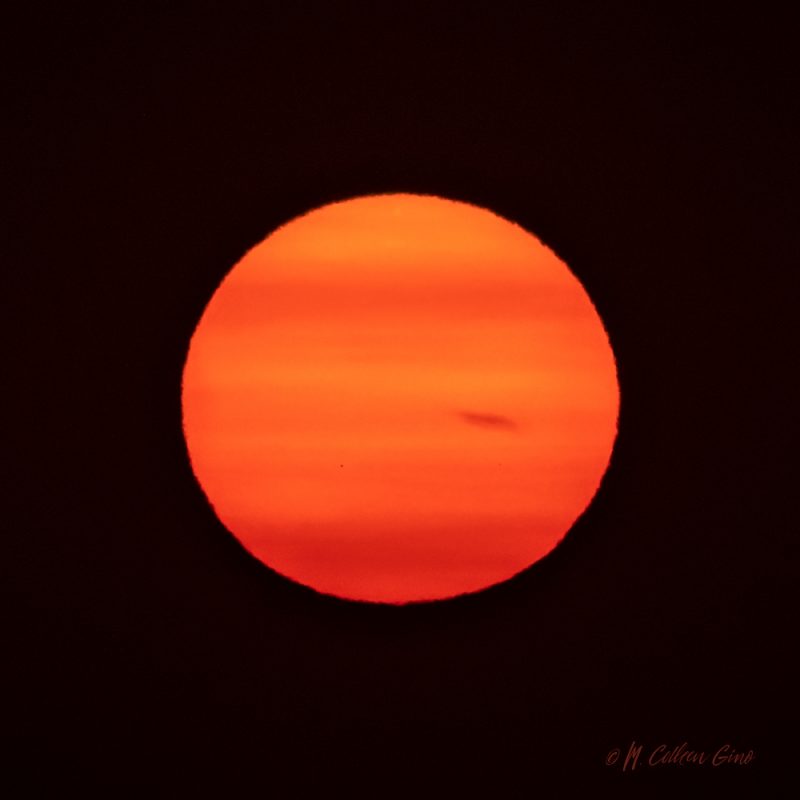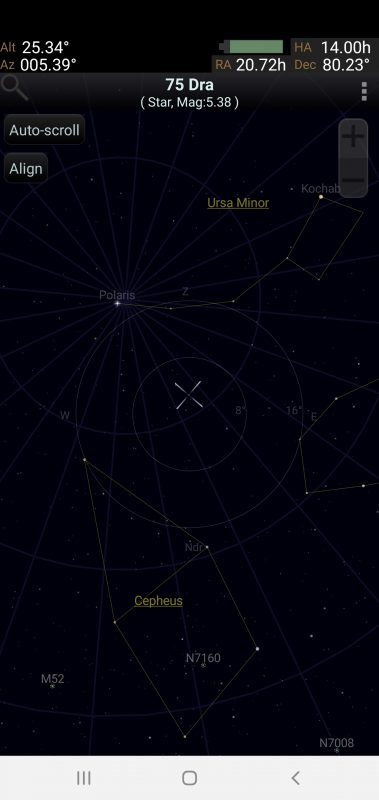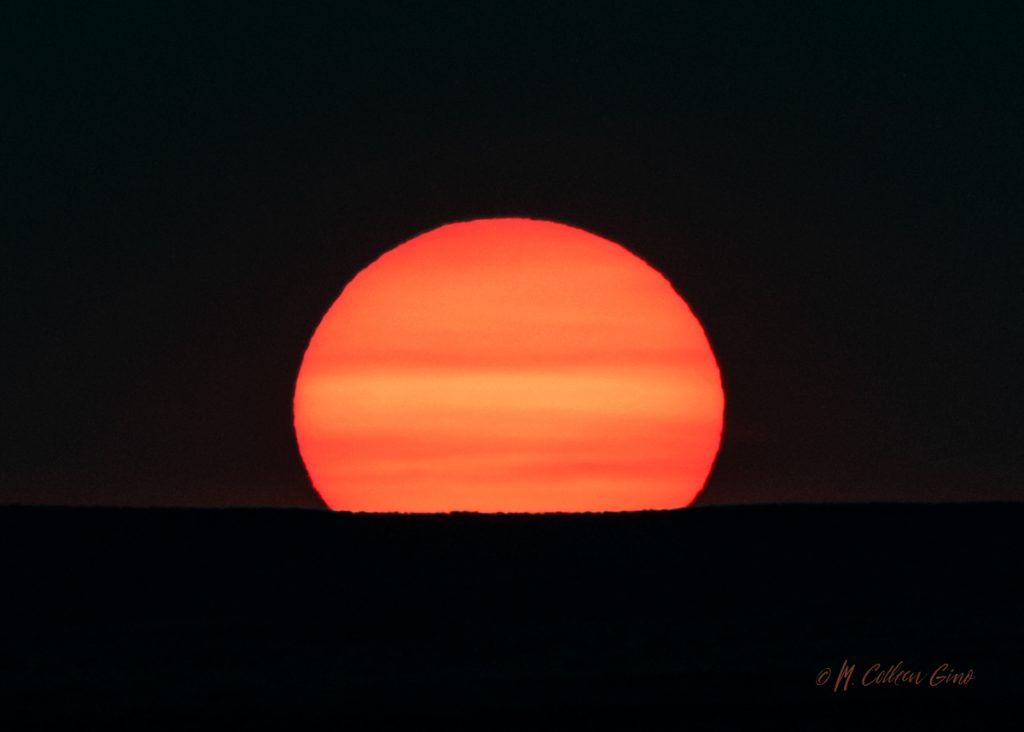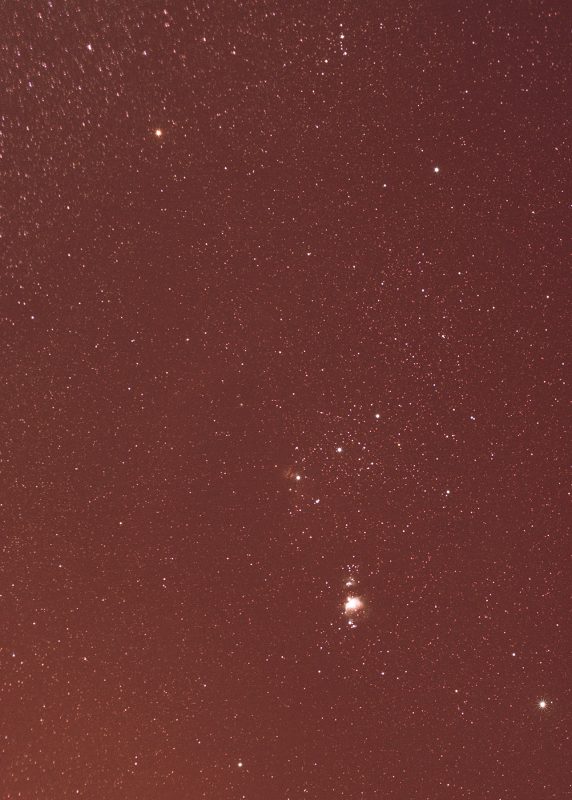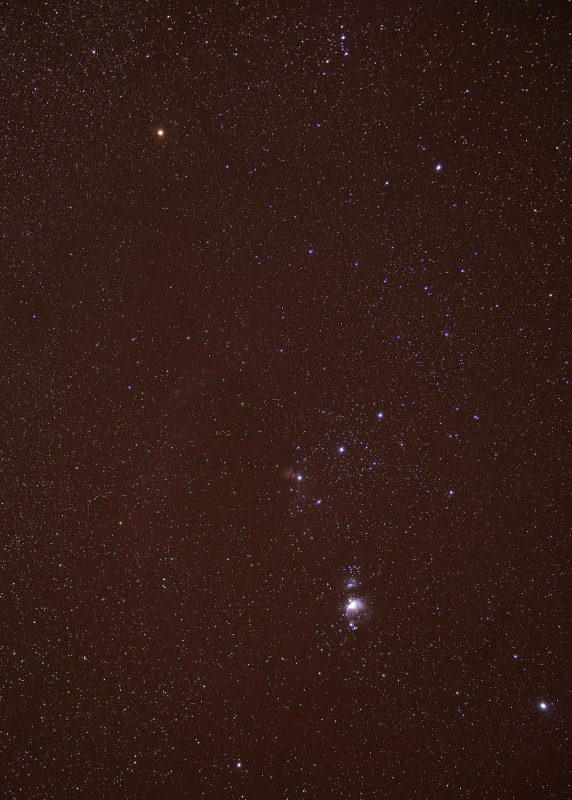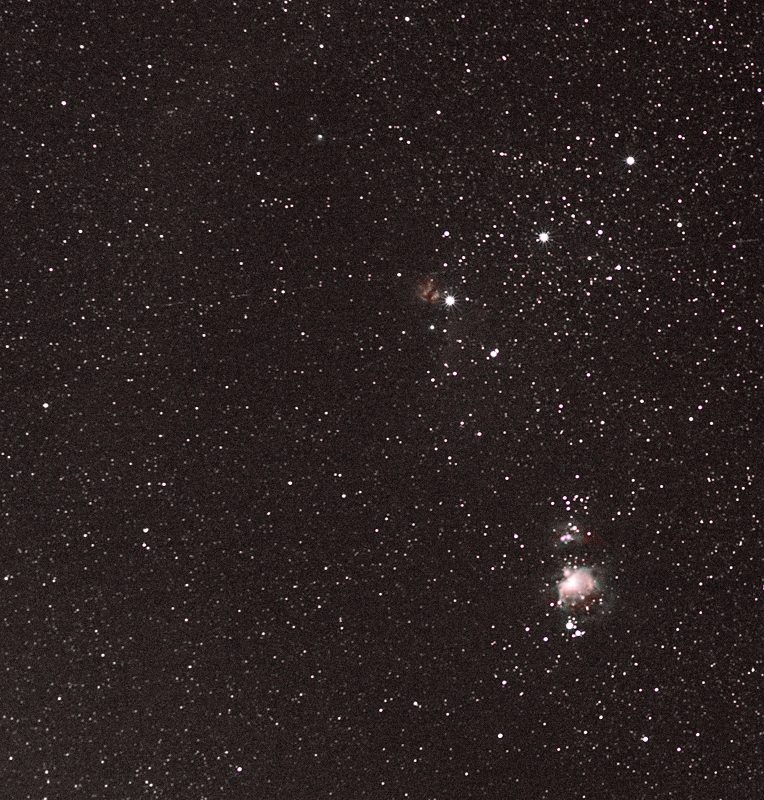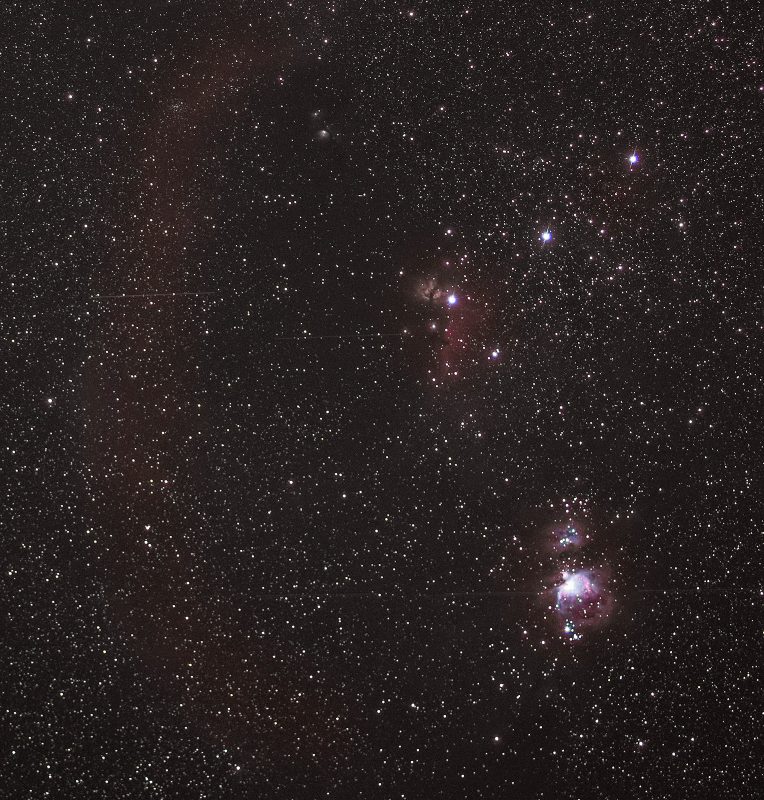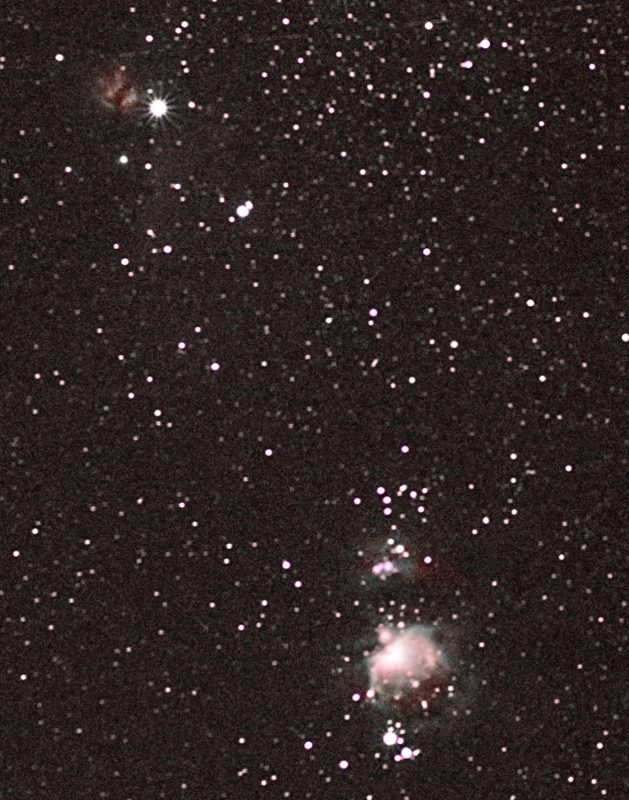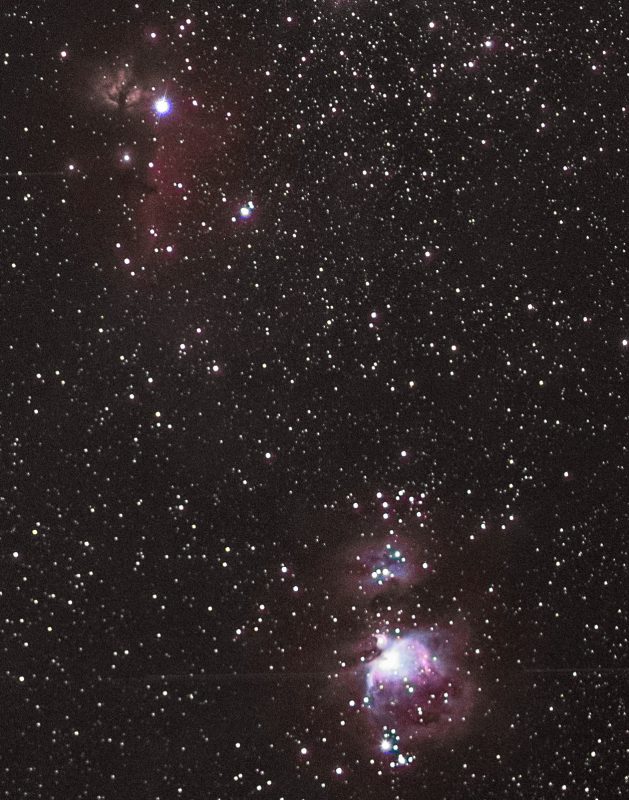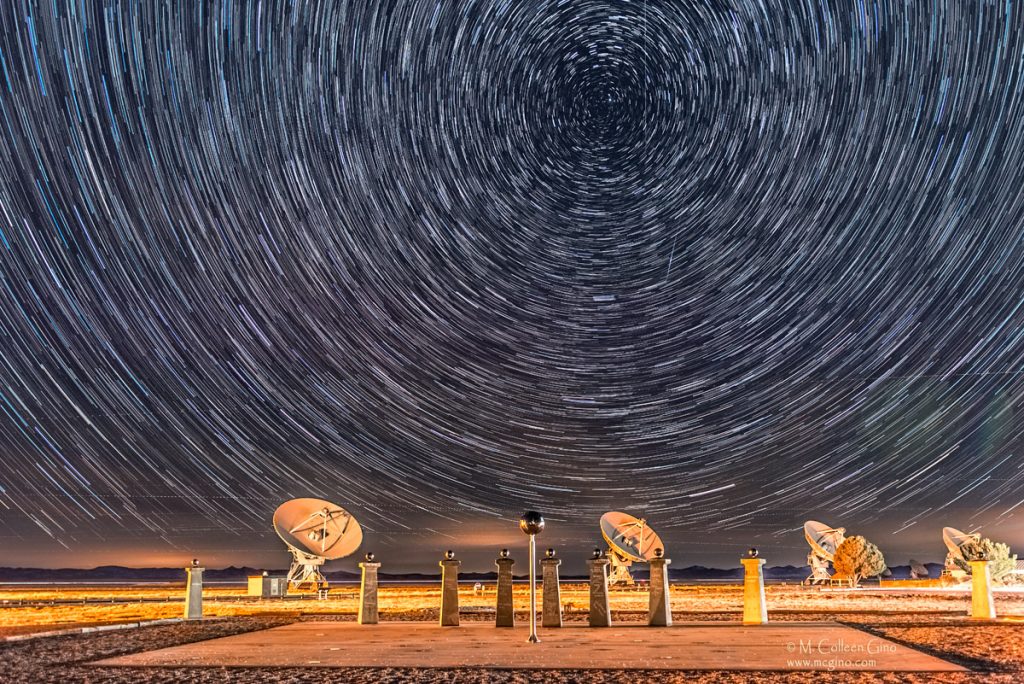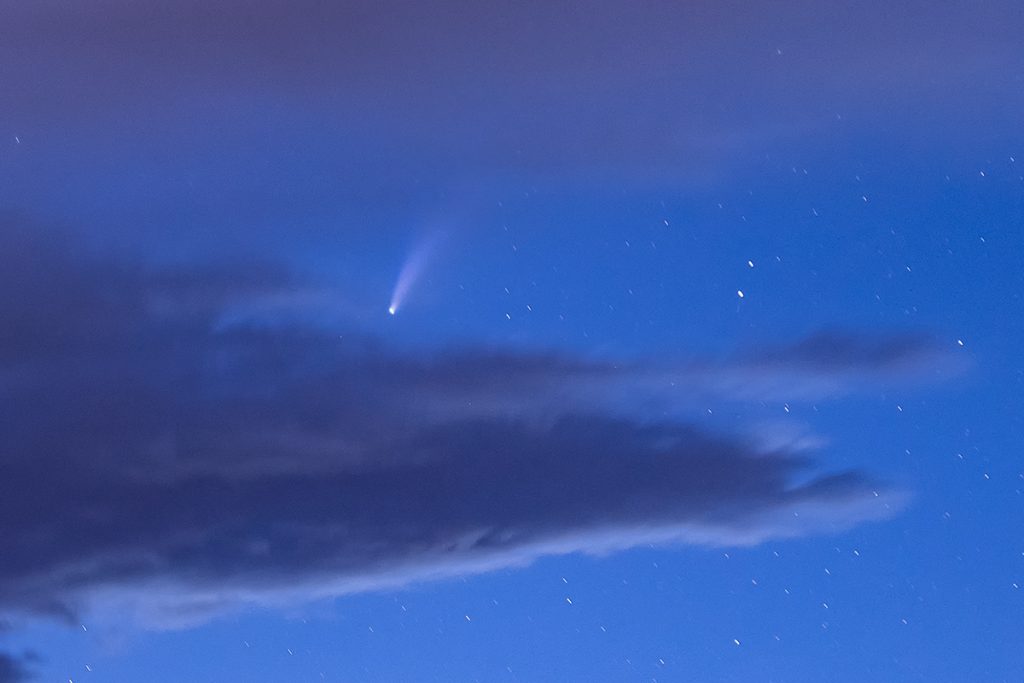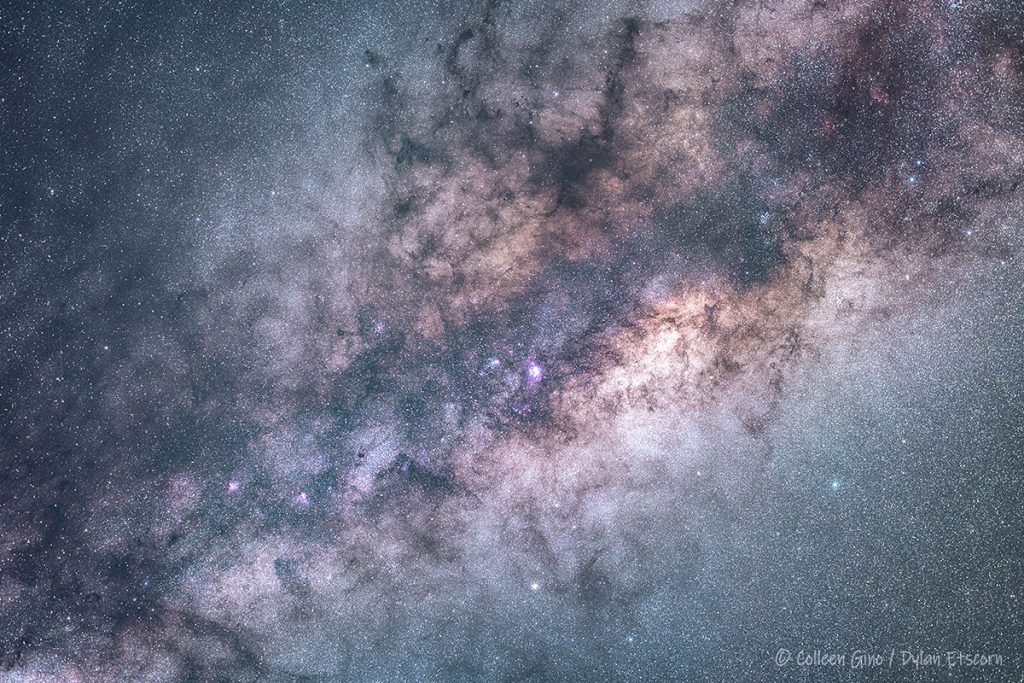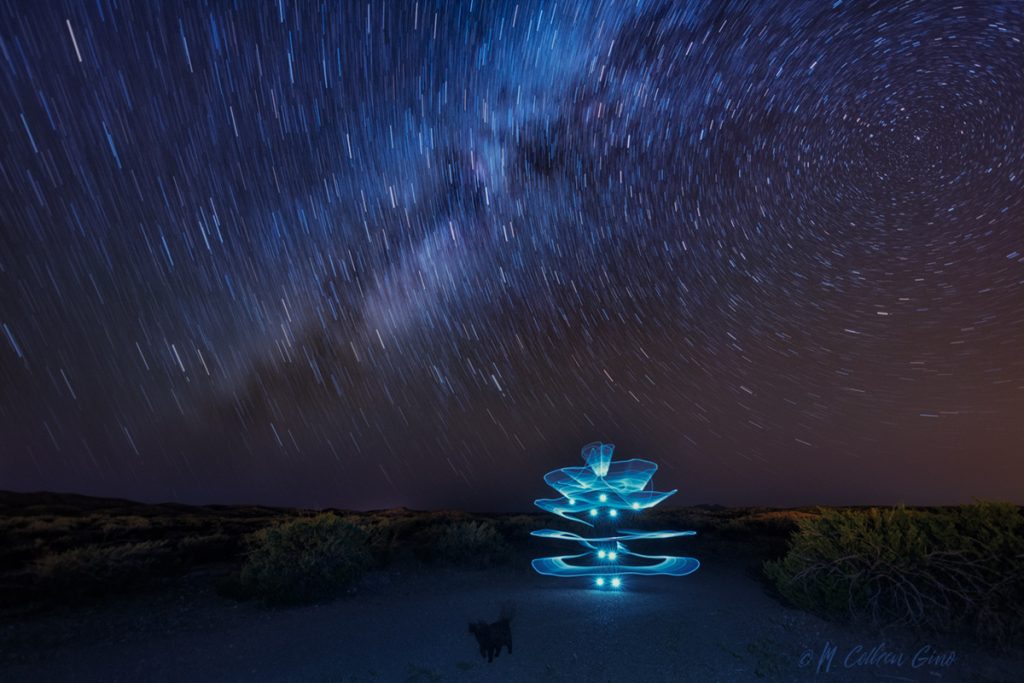By Shelbi Etscorn
For the past nine months, I’ve had the pleasure of learning exactly what it’s like to work at an observatory that’s in the middle of taking on the huge endeavor of building an interferometer. And in my role in the Outreach Department, a lot of my job involves…well observing. But not the kind of observing you usually think of happening at a place like the MROI. My observing revolves around the people, events, and news that happen on a day-to-day basis. As such, I thought I might be uniquely qualified to give you a little inside look at how the MROI operates.
The work being done at the MROI is separated into distinct departments, although some staff fill roles in multiple areas. At its most basic these departments are Software, Instrumentation, Opto-Mechanical, Electro-Mechanical, IT, Science, Maintenance, and Outreach. Many of these are self-explanatory.
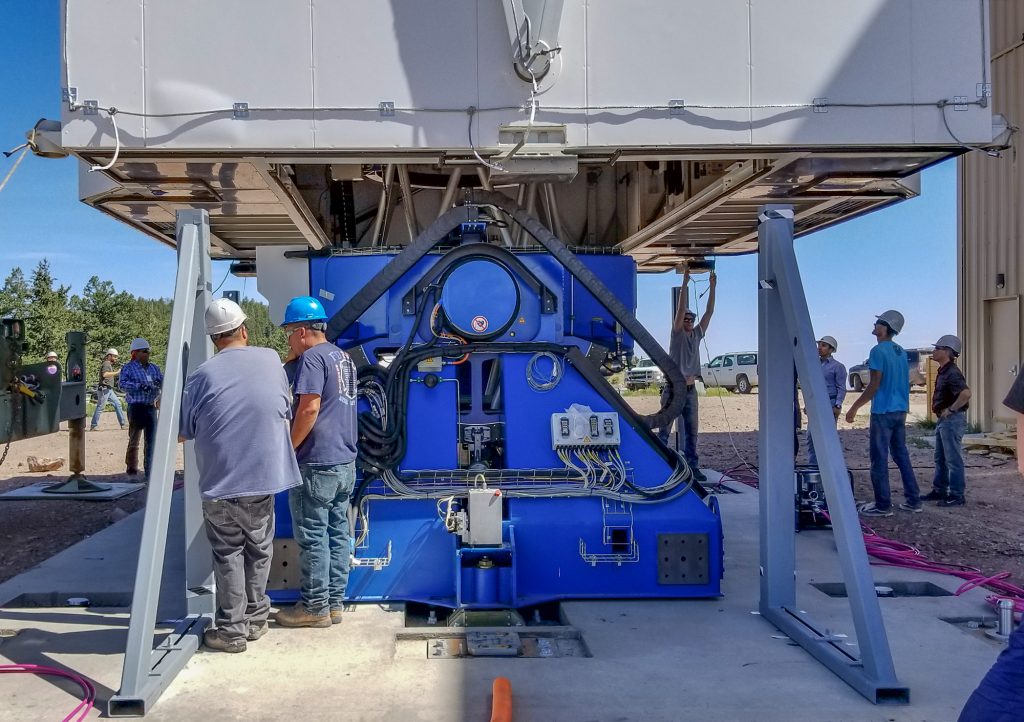
The IT department does the same work for us as other IT departments. However, not many other IT departments have networks that span about 5,000 feet in elevation, the highest reaching 10,000 feet. It isn’t easy to keep in communication with everything on the Ridge from down on campus. But our IT department somehow manages to do just that. And that’s on top of handling all the trivial issues that are the constant torment of IT men and women around the world (have you tried turning it off and on again?).
The Instrumentation, Opto-mechanical, and Electro-Mechanical departments work very closely together. They are constantly figuring out the next step in building the Interferometer from the ground up, revisiting old steps that may have failed or simply can be improved, and over all keep the project moving forward. Brick by tiny, technical, precise brick, they are the ones building the innards of the Interferometer.
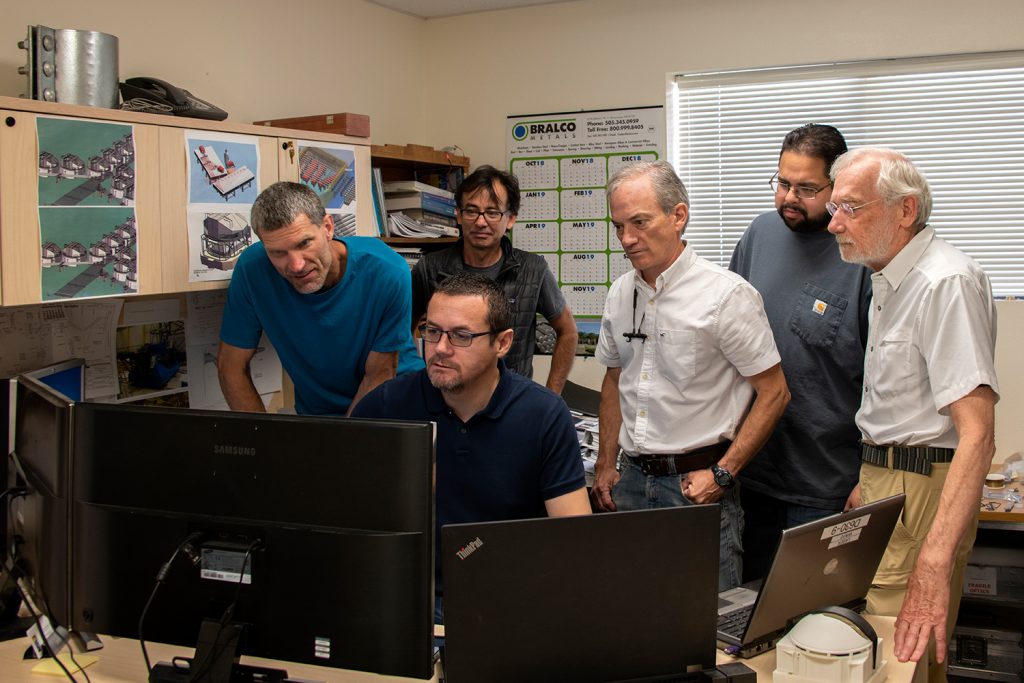
While the three previous departments involve themselves in making the Interferometer work, our Science department is concerned with how it will work. Project Scientist, Michelle Creech-Eakman, is not only a Physics professor at Tech, she is also our source of knowledge for the science behind building a working interferometer. She is our face at many events and meetings in the scientific community, sharing our story that she is an acting force behind.

The maintenance department, while often helping us down on campus, is mainly found up on the Ridge. They are the ones with the ability to keep all of our heavy machinery running and most days are operating them to ensure the upkeep of the roads that lead up to the Observatory. It’s no small task, and it’s one that rests solely on their shoulders.

The Software Department, of course, concerns itself with creating and maintaining the software that is used to control the MROI. A quick story: very early on after joining the MROI, I was tasked with accompanying the Software Team up to the ridge to film the dome of the Interferometer’s telescope opening, and the telescope itself moving from side to side stopping at specific points, much as it would if it were actually observing specific points in the sky. I was doing this to show the software that had been built that could direct the telescope to focus at one predetermined direction and then another automatically, with no further direction needed after start up. This allows for multiple observations to be made, one after another, while limiting the need for constant human guidance.
The wind was brutal that day making it unbearably cold. I sat perched on the scaffolding that is used to lift and move the telescopes, trying to keep my arms wrapped around myself while also trying to prevent my tripod and camera from crashing down to the ground in the gusts, I watched as the dome opened and the telescope did what it was always intended to do. I think I yelped in joy at the start of the show.
Upon its completion, I scrambled down the scaffolding and excitedly entered the Control Room where the members of the conference team were. I was expecting whoops and hollers, but the team calmly packed up their belongings, told me they were done, and we headed back down the mountain. I guess when you do amazing things every day, even the most incredible achievement seems a little mundane.
All of the departments at the MROI actually seem to mimic an interferometer in the way they work together. Each department is like a telescope, each bringing their own expertise and bringing it together to build something amazing, in the same way the telescopes of the Interferometer will bring together the light from their section of the sky to make an image. Even more impressive, the departments create their own light. They aren’t stationary, passive structures waiting for light to fall on them, they are an active part in the forming of the light that each puts out. They are the stars and planets.
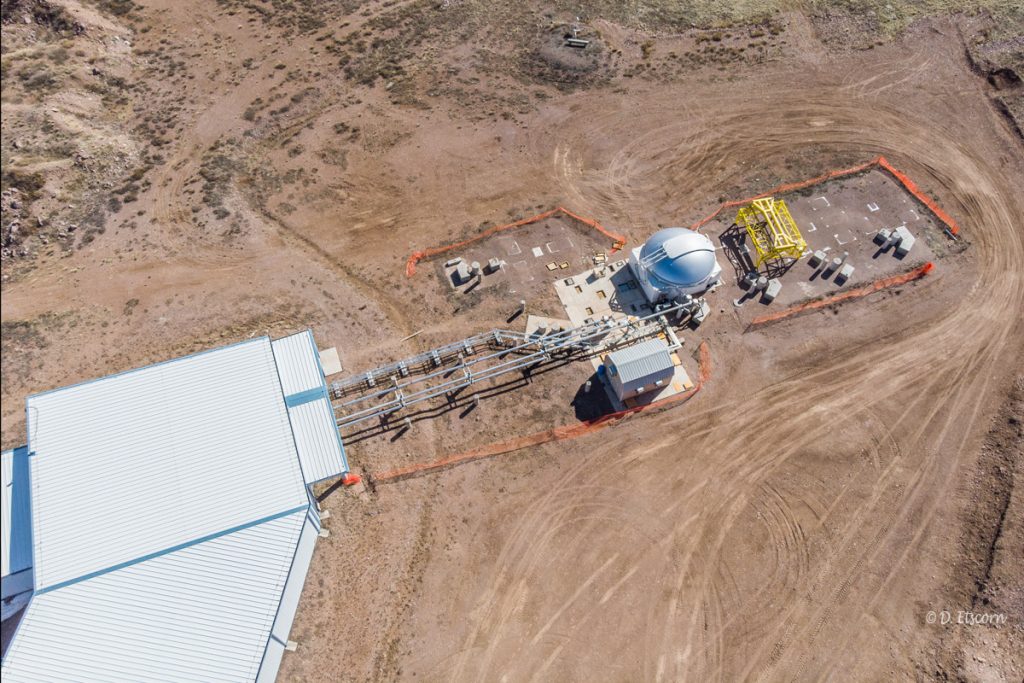
While I sit in my corner of the Outreach department, completely surrounded by all these unique, motivated, and unimaginably intelligent people – these telescopes – it’s sometimes difficult to not ask myself, what is our role here? What do they need us for? I certainly do not feel like a telescope. Writing this gave me time for some self-reflection, and I had some ideas: at first, I thought maybe Outreach was the instrumentation. Where the light brought in by the telescopes is created into something tangible that can be studied and enjoyed by everyone. But, it occurred to me, if any department deserves the spot that connects all the departments, it would have to be the previously omitted but not forgotten Administration. Our Principal Investigator, Program Director and Office Administrator work tirelessly to make sure everything gets done that needs to to make the work of all the other departments not only feasible but meaningful. They tie each of us together. No, Outreach was not found there.
I was feeling more than a little unnecessary to the project when it hit me. In our Interferometer metaphor for MROI staff, the Outreach Department is the observer: you! It’s why I seemed to be the only one jumping for joy at an accomplishment I had no hand in while filming the work of our Software team. The Outreach Department is the one standing excitedly by, while all the fancy technology does its thing, eagerly waiting for results and observations that we can share and be amazed at with the community in the form of our newsletters, our events, and even this blog! And we can’t wait to show you what’s happening next.
